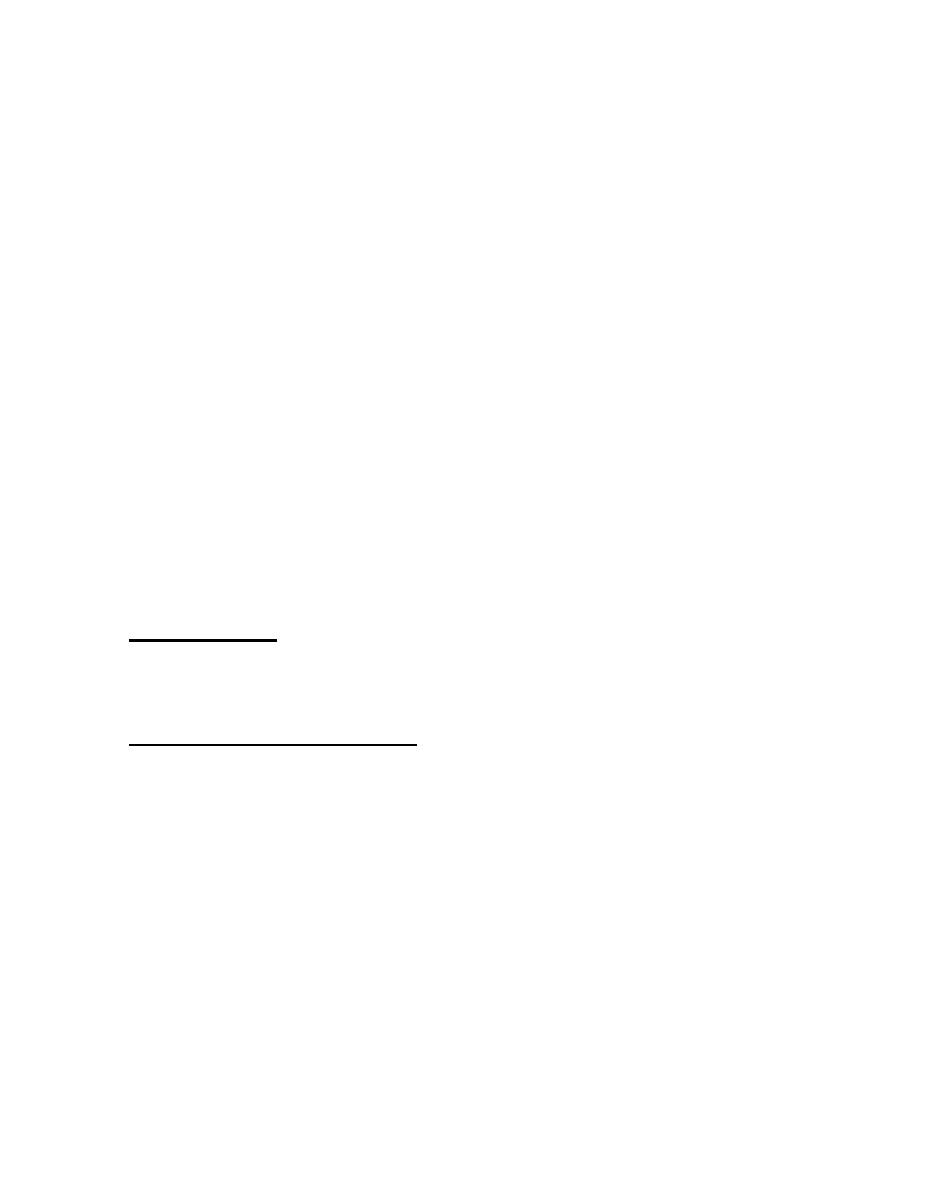

Custom Search
|
|

|
||
 Check for damaged protective
(b) Inspect condition of insulation.
jacket.
( c ) Check for settling or shifting in position of poles, hangers, or
other supporting members. This is determined by checking the grade of the
lines.
( d ) Inspect valves for leakage, corrosion, defects in stems, packing
glands, handwheels, bodies, flanges, and gaskets.
( e ) Inspect valve and meter pits. Check for clogged vents, structural
damage, missing covers, and accumulations of dirt and debris.
( f ) Inspect condition of flanged fittings. Leaks should be repaired as
soon as possible; otherwise, wire drawing of flanges and damage to the
insulation may occur. Leaks cause a loss of treated water with consequent
increase in the makeup requirements.
( g ) C o n d i t i o n o f e x p a n s i o n joints.
( h ) C o n d i t i o n o f anchors, hangers, guides, and supports.
( i ) Condition and cali b r a t i o n of pressure reducing stations.
( j ) S e t t i n g o f r e l i e f and safety valves.
( k ) Condition and cali b r a t i o n of instruments.
( 1 ) Condensate return p i p i n g . Check for siqns of corrosion caused by
corrosive gases, c h i e f l y c a r b o n d i o x i d e a n d o x y g e n , d i s s o l v e d i n t h e -
Refer to chapter 6 for details on condensate return piping.
condensate.
Test the system with water pressure following major
2 . 3 Hydrostatic Tests.
r e p a i r s involving pipe welding or making up joints. This should be done
b e f o r e applying the insulation. Use a water pressure equivalent to one and
o n e - h a l f times the distribution supply pressure. Hydrostatic tests should be
held for a minimum of 4 hours.
2.4 Inspection of Underground Systems. The scheduling and procedures
presented for aboveground systems also apply to underground systems. In
a d d i t i o n , paragraphs 2.4.1 through 2.4.5 give information relative to
underground systems specifically.
2 . 4 . 1 Nitrogen Monitoring System. This is a system developed for field
testing of leaks in underground conduits. I t consists of pressurizing the
a i r s p a c e of the casing with nitrogen, a commercially available inert gas.
When no leaks are present, t h e nitrogen pressure is maintained fairly
constant. Should a leak develop, a pressure drop will be produced, which is
detected by a control system installed for that purpose.
3-20
|
 
|
|
 |
||